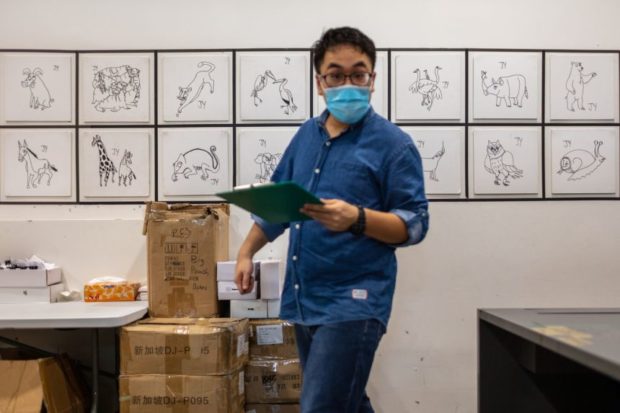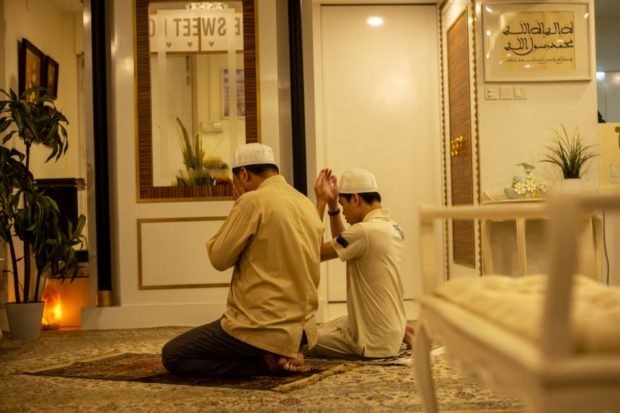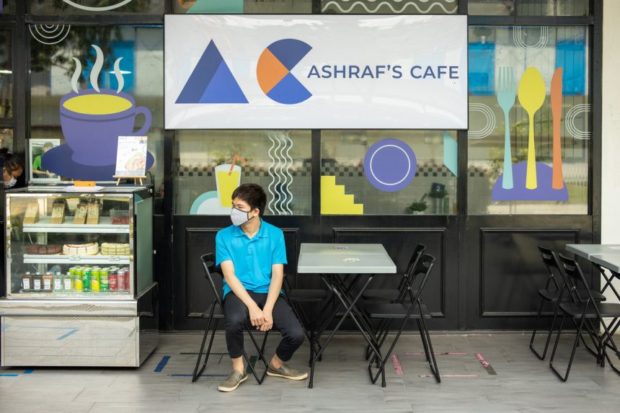Finding out what’s next: Challenges faced by autistic people after they turn 18
SINGAPORE — Through a series of photographs and videos, photographer Bob Lee sheds light on the daily lives of and societal challenges faced by people with autism after they turn 18. The Straits Times senior executive photojournalist Neo Xiaobin speaks to him.
Photographer Bob Lee’s biggest fear is the future of his son Jun Le, 14, when he and his wife die.
Jun Le was diagnosed with autism spectrum disorder when he was three years old.

Unable to use words to express his needs, self-harming is one of Mr Ivan Lim’s behaviours that his mother Esah Lim has to manage. PHOTO: BOB LEE
Mr Lee, 45, founder of creative house The Fat Farmer, said: “Where will he be staying? What kind of options will he have when we are not around to take care of him?”
In 2011, Mr Lee left his job as a photojournalist with Lianhe Zaobao to work freelance so as to better care for his son. He has since become an advocate for the special needs community in Singapore, using his professional skills to shine a light on these issues.

Mr Keith Lee enjoys regular outings with his friends – undergraduate Zhang Ludi (in red), 21, and freelance writer Toh Ee Ming, 28. The trio have found ways to connect even though Mr Lee is minimally verbal. PHOTO: BOB LEE
“Jun Le will be graduating from the special education school in four years. What’s next?”
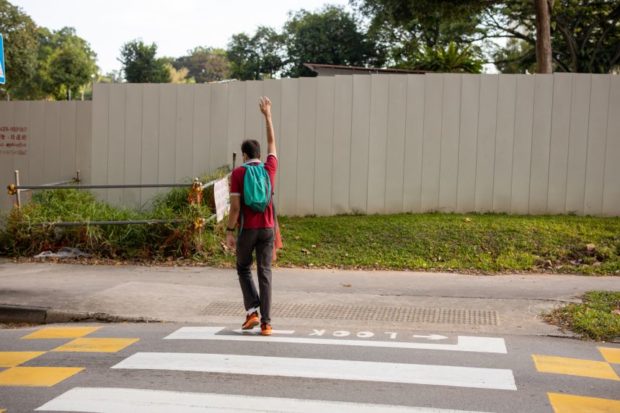
Mr Amit Singh became wary of strangers after a misunderstanding with a member of the public and lost his hard-earned ability to travel on his own. PHOTO: BOB LEE

Mr Singh has bounced back from the incident and now works as an urban farmer at Edible Garden City, which champions the grow-your-own-food movement. PHOTO: BOB LEE
The question led him to seek answers to what lies ahead for autistic youth who leave the sanctuary of special education schools when they are 18 years old.
With the help of local charity SPD and Facebook support groups, Mr Lee connected with 12 young adults with autism, as well as their caregivers, and is sharing their stories in a photo exhibition held at the Esplanade Tunnel until July 4.
Titled Finding What’s Next, it has a total of 84 photographs, 10 videos and nine trailer videos detailing the challenging circumstances in the young adults’ search for a future. People involved in the project include editor Jean Loo, writer Sun Meilan and writer Lim Hwee Hwee, who is Mr Lee’s wife.
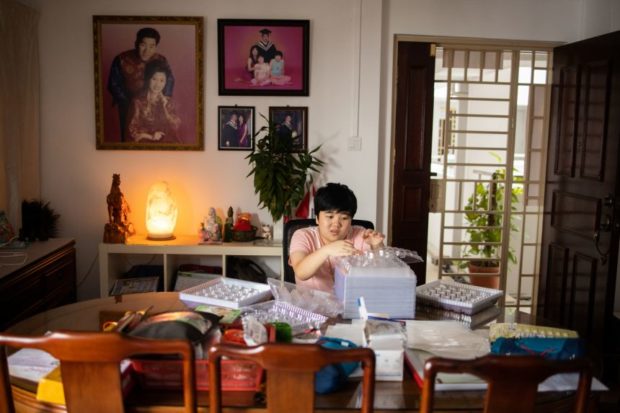
Ms Lau Gek Teng, who has autism and requires a high level of support, labelling plastic egg cartons at home. This allows her to pick up a skill while earning a small allowance. PHOTO: BOB LEE
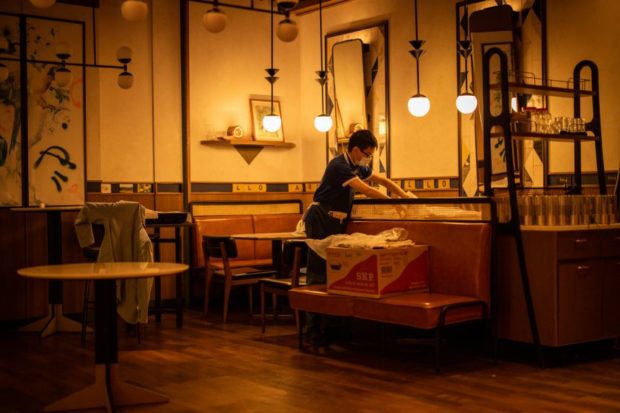
Mr Benjamin Tan, 24, may be just a server in the restaurant where he works but he is fully dedicated to his job and proud of his ability to earn an income. This independence is the result of years of training by his mother. PHOTO: BOB LEE
One of the stories is that of Mr Marcus Toh, 20, who is constantly on the move – from bouncing on his trampoline to zipping around on his kick scooter.
Involving him in a plethora of activities is part of an effort to help Marcus cope with sensory dysregulation – a state whereby his sensory system is out of balance, which leads to extreme responses to changes in light, smell or sound in his environment.
While the loud noises Marcus makes may invite uncomfortable glances from the public, this does not deter his father Toh Chin Kiang, 54, from taking him out.
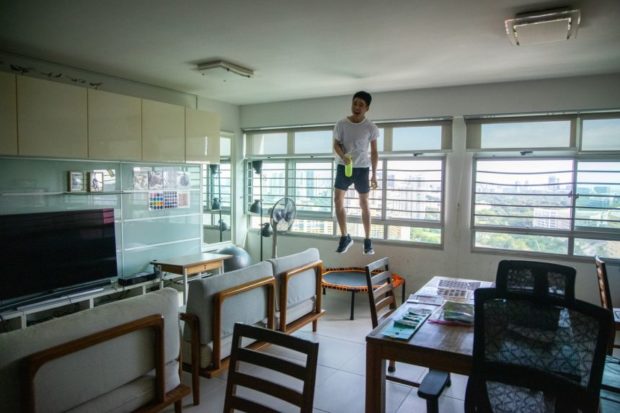
Mr Marcus Toh is involved in a plethora of activities like bouncing on the trampoline to help him cope with sensory dysregulation, which leads to extreme responses to changes in light, smell or sound in his environment. PHOTO: BOB LEE
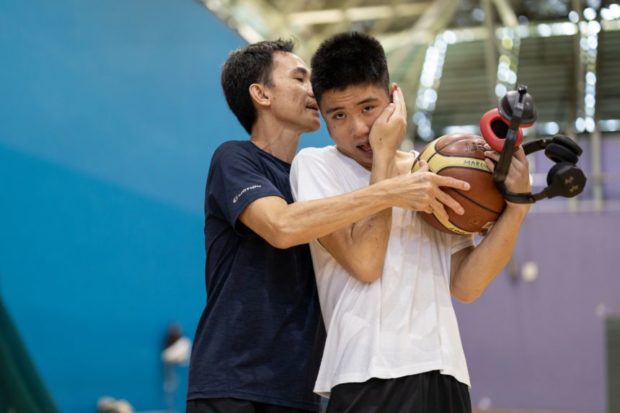
Mr Marcus Toh’s father, Chin Kiang (left) prides himself as his son’s best playmate and uses exercise to communicate and bond with him. PHOTO: BOB LEE
Mr Toh is gentle and patient with Marcus. He hopes he can help show others the way in communicating with people with autism. His wish is that as Marcus becomes a familiar sight in the community, others may accept and even help look out for him someday.
Mr Lee says: “I got to see how patient Mr Toh is in taking care of Marcus, who is in the higher need spectrum. The challenges that they face every day are much tougher than our family’s.
The story that affected Mr Lee the most is the one on St Andrew’s Adult Home: ”
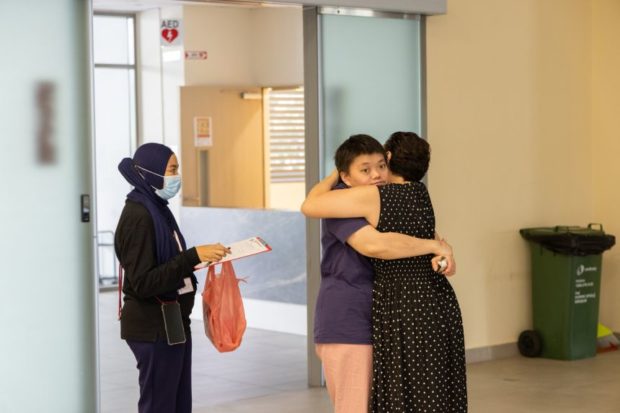
As the first and only autism-focused residential facility in Singapore, St Andrew’s Adult Home (SAAH) is a beacon of hope for parents of autistic adults with high support needs, many of whom can no longer meet the demands of care. PHOTO: BOB LEE
This is the first and only autism-focused residential facility in Singapore. Jun Le is our only child and he will need their assistance one day. Reality hit us emotionally while researching and documenting the place.”
For Mr Lee, the project is not just about creating autism awareness, but also about garnering community support and inspiring the public to think about what they can do to help – from helping their neighbors to hiring autistic individuals as employees for their companies.

